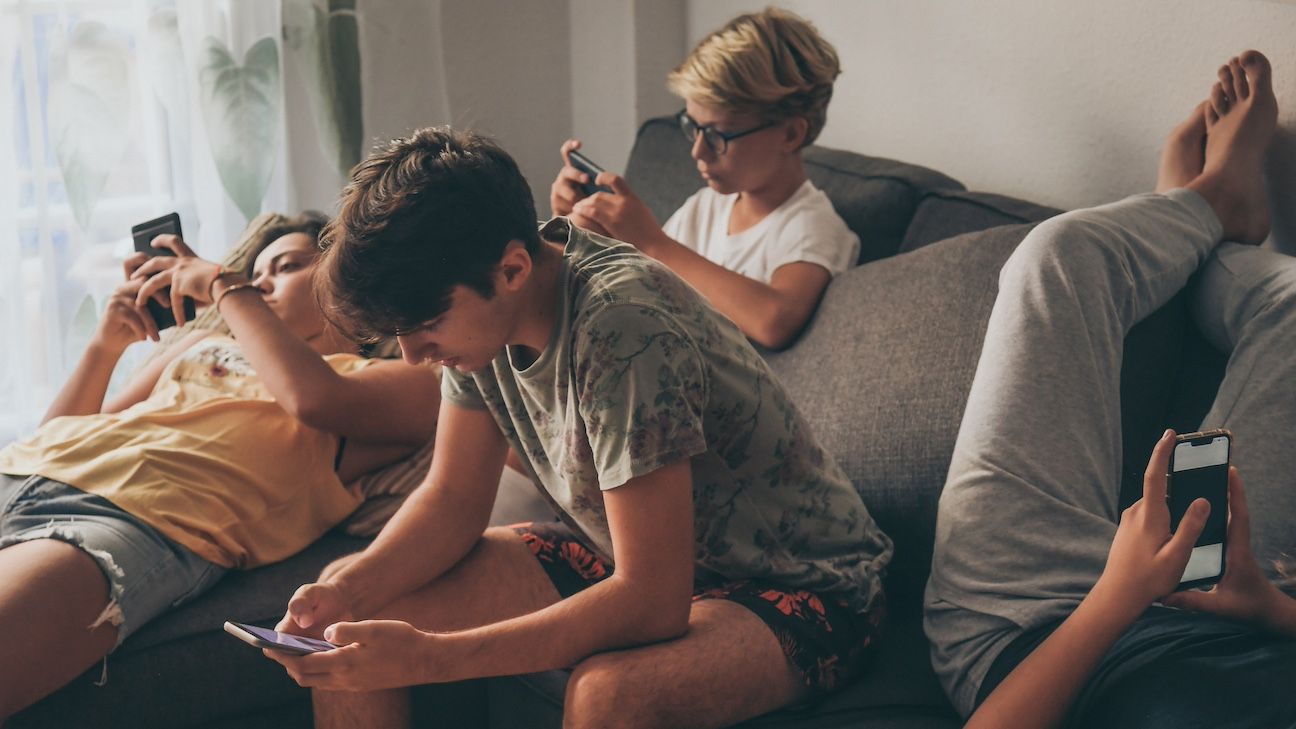“We’re seeing associations between screen use and attentional deficits,” she says. “We’re seeing increasing diagnoses of ADHD, we’re seeing executive functioning delays, social skills delays and kids with poor working memories. We’re also seeing physical impacts as well —screen use before bed is having an effect on sleep patterns.”
From bad to worse
The pandemic, of course, was a big part of the problem. According to a survey conducted by Media Matters near the end of 2022, 86 per cent of Canadian kids between the ages of nine and 11 had at least one account on a digital platform that requires users to be at least 13 years old.
Almost 80 per cent of kids between the age of nine and 17 said they had their own phone
, with the majority first receiving one between the ages of 11 and 13.
“Our screentime definitely went up during the pandemic,” Dr. Ponti says. “Pediatricians saw an increase in mood and anxiety symptoms. There was a huge spike in eating disorders and issues with body image. Now we’re seeing screentime returning closer to pre-pandemic levels — primarily for boys, not so much for girls. Girls tend to use social media apps more and boys tend to gravitate toward video games.”
Social media use is particularly concerning because it is associated with more negative outcomes than other forms of screentime. “If you’re binging a TV series or enjoying a video game competition with a group of offline friends, there’s actually positives that come out of those types of screen use. Social media is a bigger concern. That’s where you’re more likely to see inappropriate content, such as violence or bullying. Then there’s the sexual content and unrealistic body images that are just pushed out to kids through these apps.”
The CPS urges physicians
to talk to parents about the “4Ms” of screentime
: Minimizing, mitigating, mindfully using and modelling healthy behaviour. This means children under the age of two should not be able to access screens at all and those between the ages of two and five should be limited to less than an hour per day. It means mitigating the risks of screentime by prioritizing educational, age-appropriate content and watching it with your kids. Perhaps most importantly, it means being mindful of how you’re using your own screens and making an effort to model healthy behaviour for those who may not have the impulse control to do so themselves.

